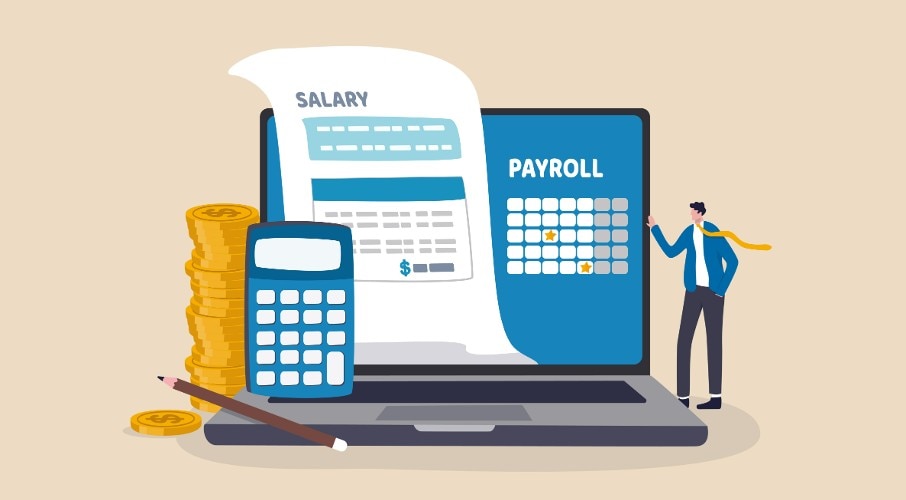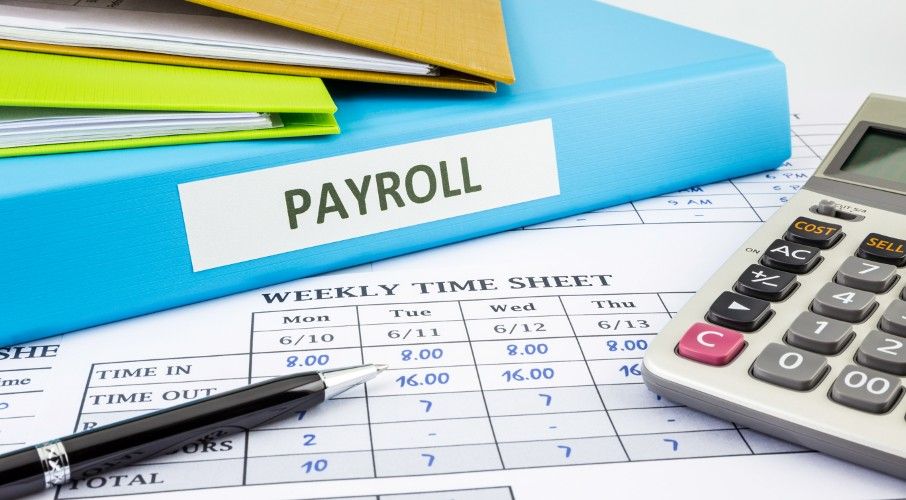You know that paying your employees is important. So is payroll reconciliation.
This payroll process might sound onerous, but it helps with everything from preparing for taxes to monitoring your business expenses – not to mention ensuring that you pay your employees correctly.
For example, imagine that your employee’s pay was supposed to be $800, but you made a mistake and paid them $950 instead. What do you do? Do you ask them to refund the overpayment? Do you apply it to their next check?
Or maybe you messed things up in the opposite direction. Your employee was entitled to $800 in pay, but you only gave them $750. Even though it wasn’t intentional, now you’ve underpaid them and could be subject to penalties.
Either way, you have a big mess on your hands and it’s proof that the payroll reconciliation process is an important part of managing payroll.
Use the links below to jump to the section that best covers your query, or read from start to finish for an in-depth overview on the topic.
















